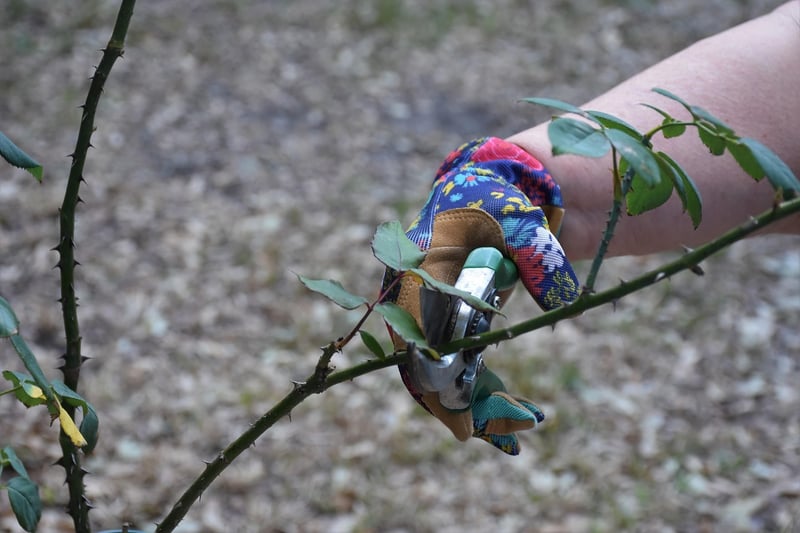Pruning Techniques
Plant Maintenance and Pruning Techniques
Proper plant maintenance is essential for the health and vitality of your garden. Regular care, including watering, fertilizing, and pruning, can help your plants thrive. In this article, we will focus on pruning techniques to keep your plants looking their best.
Why Pruning is Important
Pruning is the process of selectively removing dead or overgrown branches to promote healthy growth and improve the overall appearance of the plant. It also helps prevent diseases by increasing air circulation and sunlight penetration.
Pruning Tools
Before you start pruning, make sure you have the right tools. Essential pruning tools include:
- Pruning Shears: Ideal for cutting small branches and stems.
- Lopping Shears: Used for cutting thicker branches that are out of reach of pruning shears.
- Pruning Saw: Suitable for cutting large branches.
- Gloves: Protect your hands from thorns and cuts.
Pruning Techniques
Here are some basic pruning techniques to follow:
- Deadheading: Remove dead flowers to encourage new growth.
- Thinning: Remove excess branches to improve air circulation.
- Heading Back: Cut back a portion of a branch to encourage new growth.
- Renewal Pruning: Cut back old branches to stimulate new growth.
When to Prune
The timing of pruning depends on the type of plant. In general:
- Spring-Flowering Plants: Prune after they bloom.
- Summer-Flowering Plants: Prune in late winter or early spring.
- Evergreen Plants: Prune in late winter or early spring.
Conclusion
Pruning is a crucial part of plant maintenance that can enhance the beauty and health of your garden. By following proper pruning techniques and timing, you can ensure your plants flourish and thrive.

Remember to always clean and sharpen your pruning tools after each use to prevent the spread of diseases between plants.
Happy pruning!
